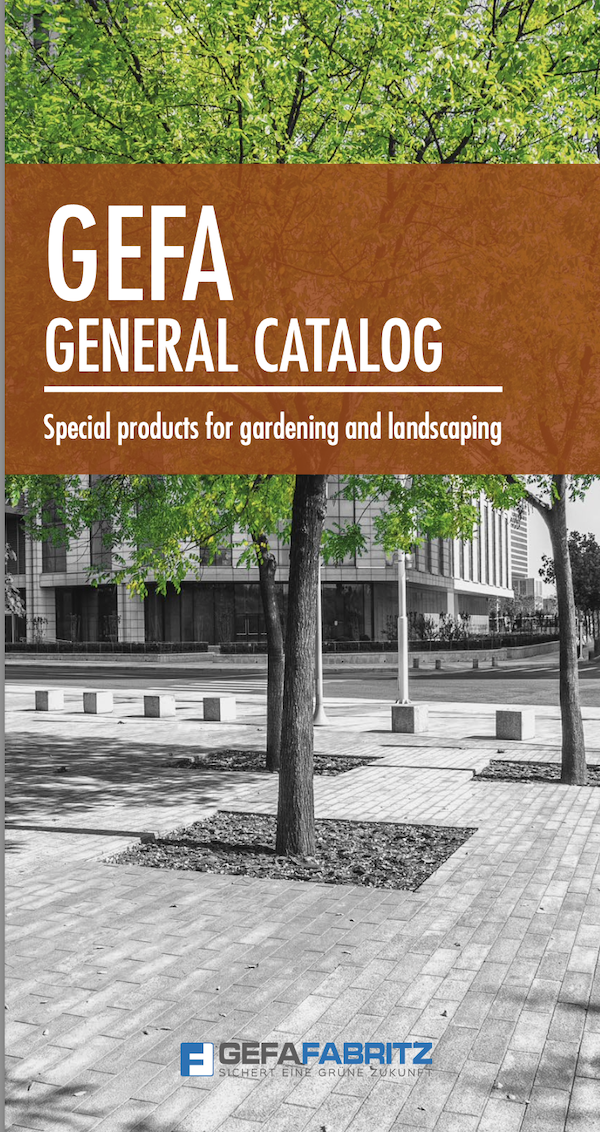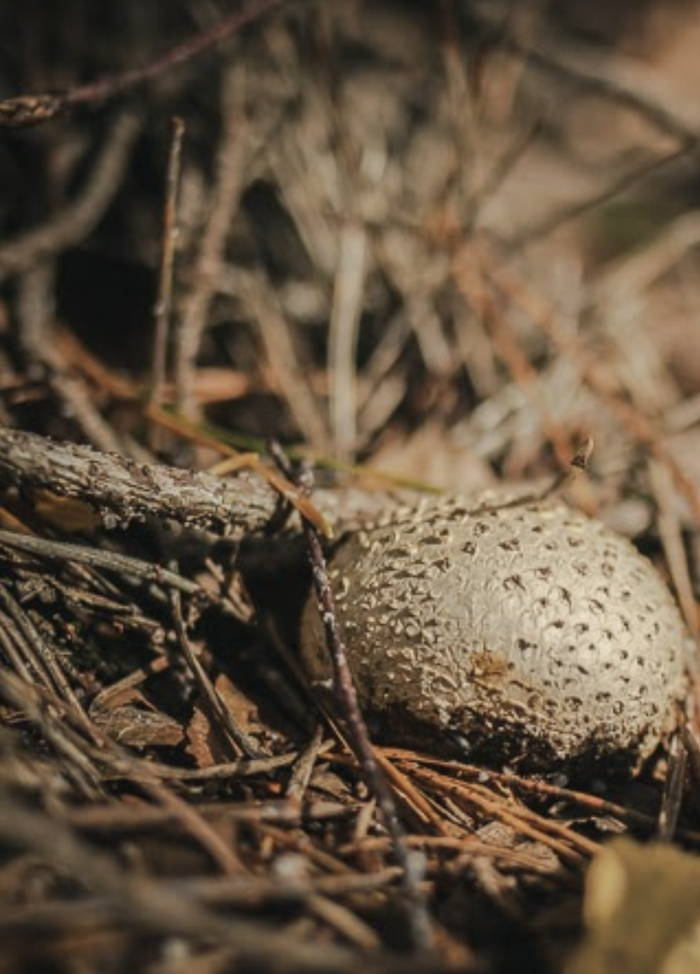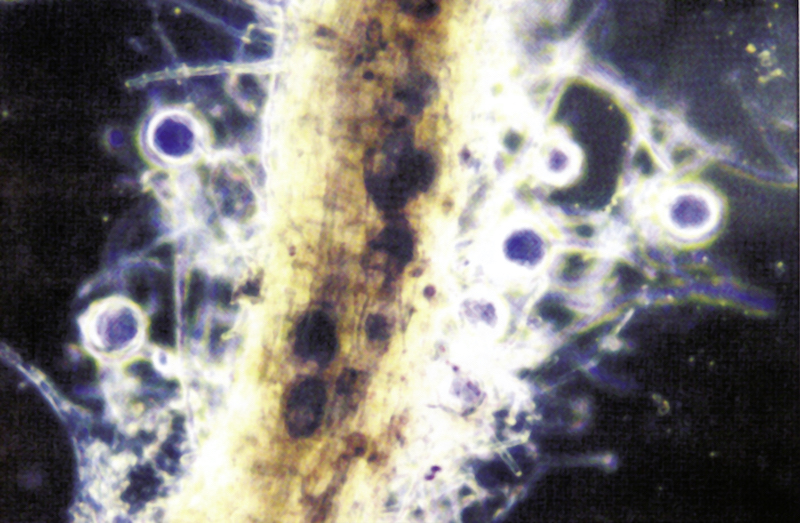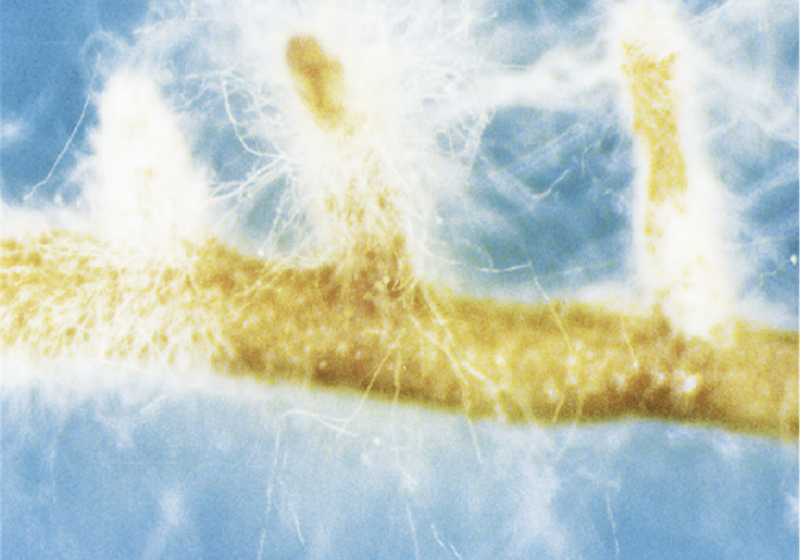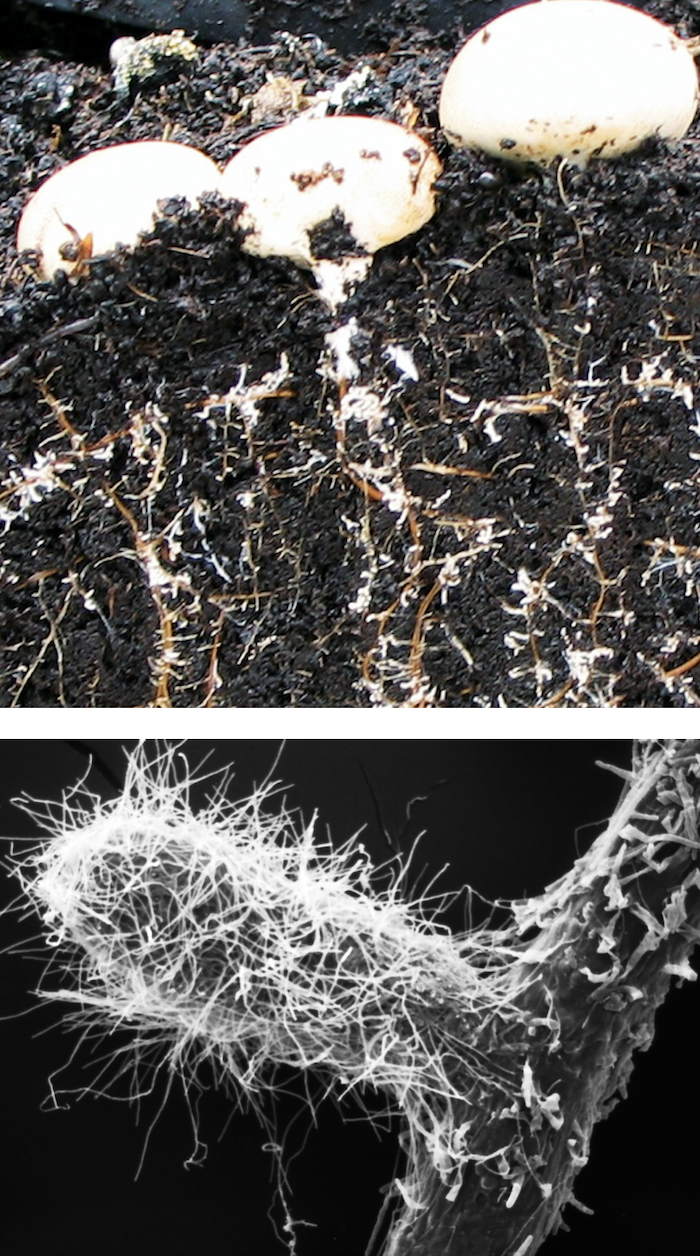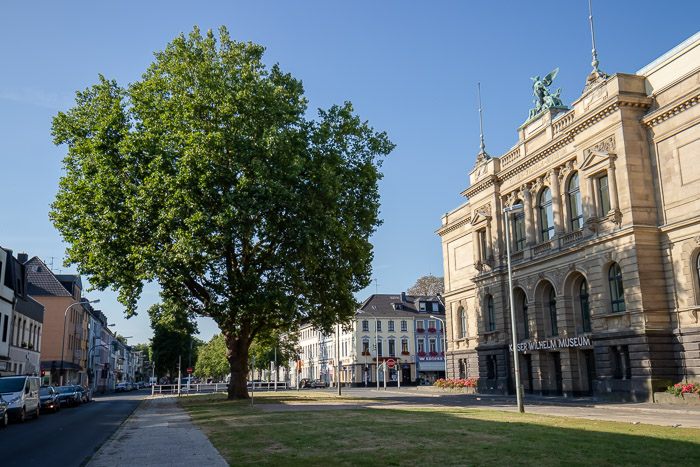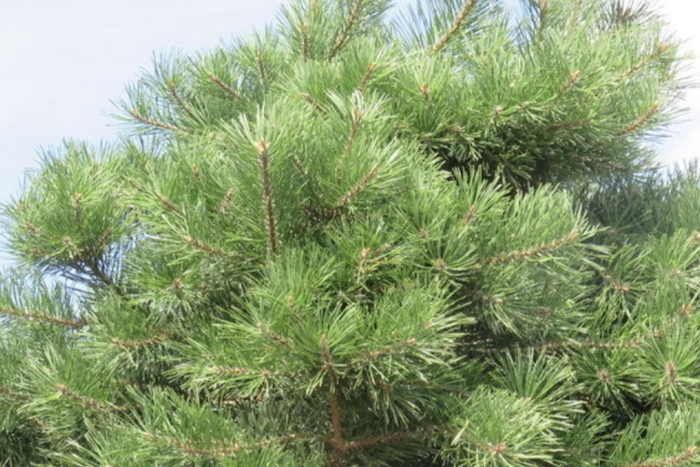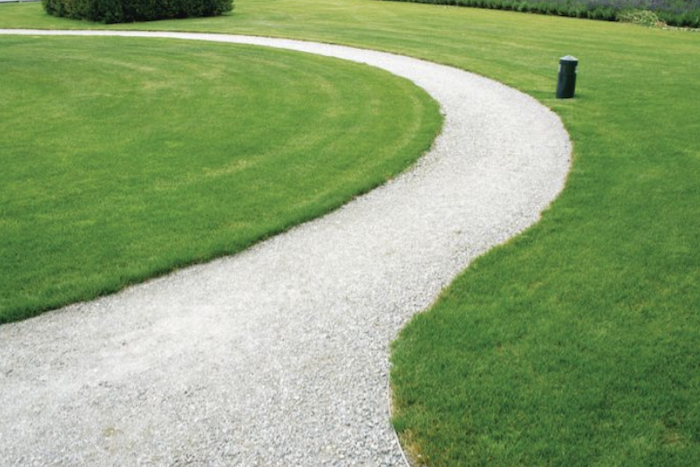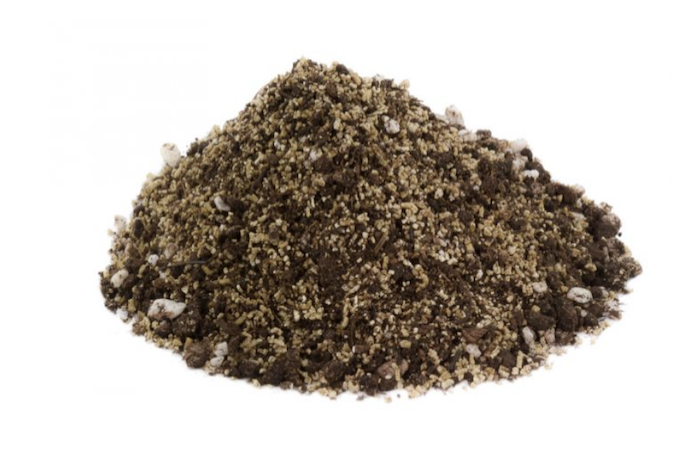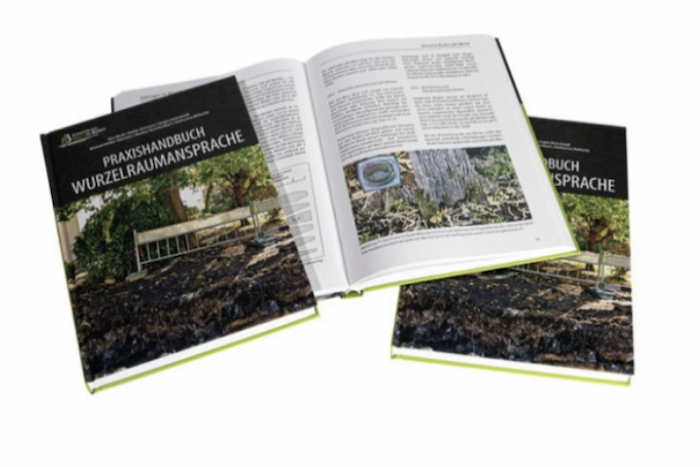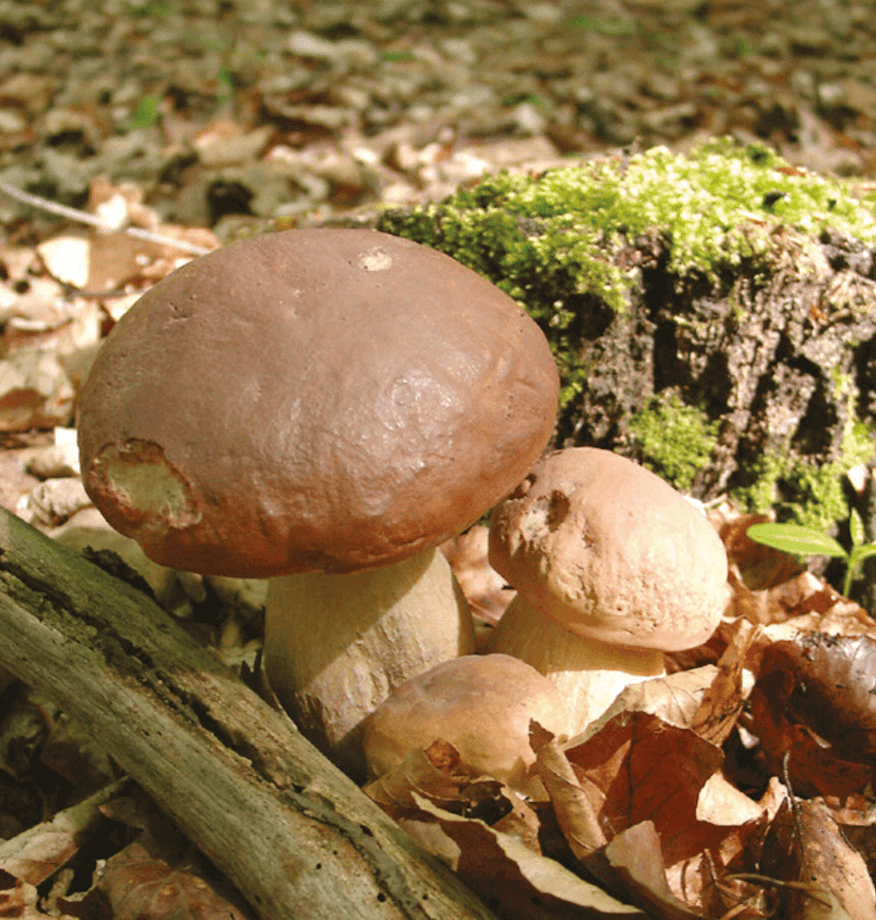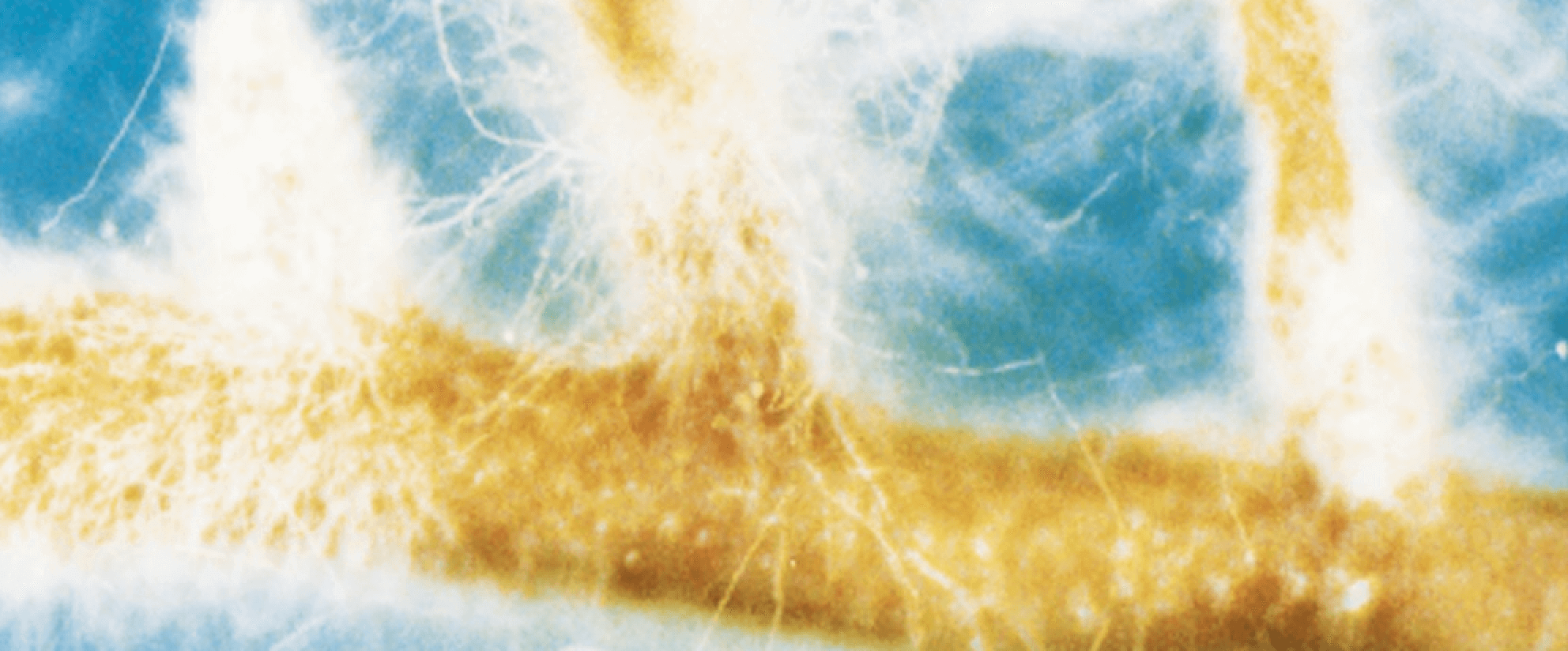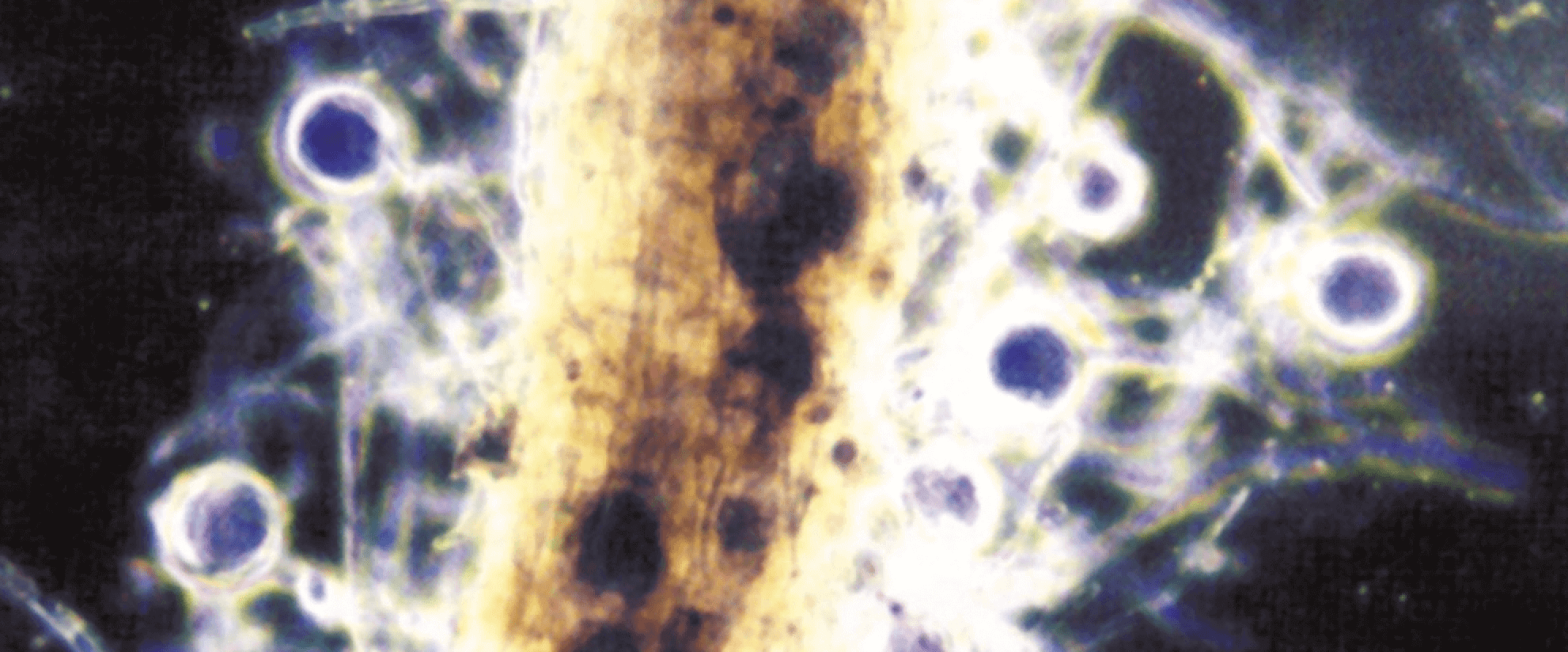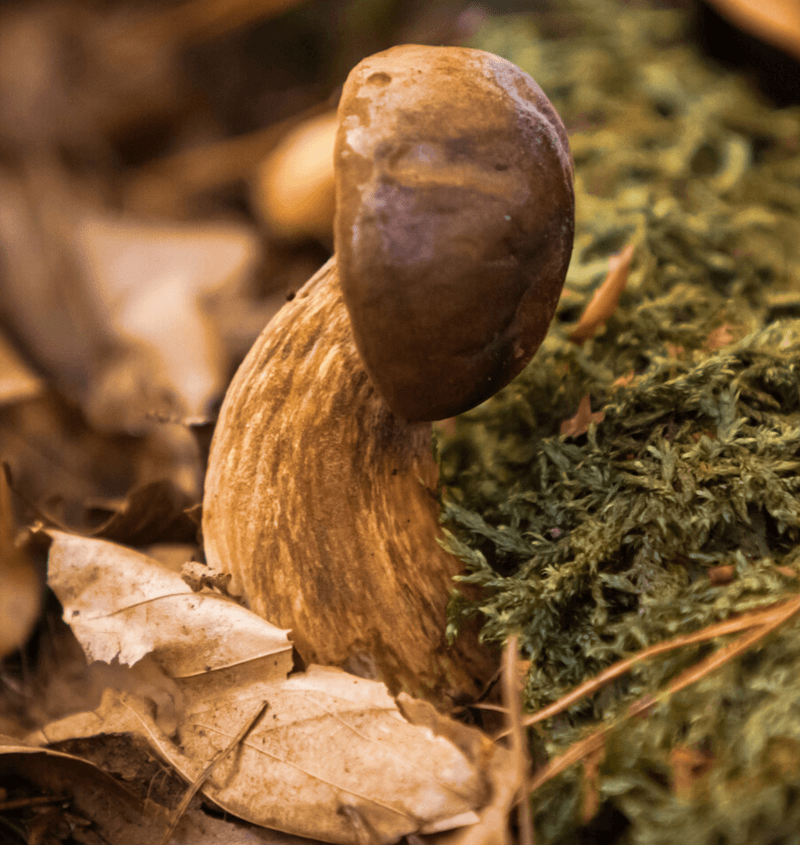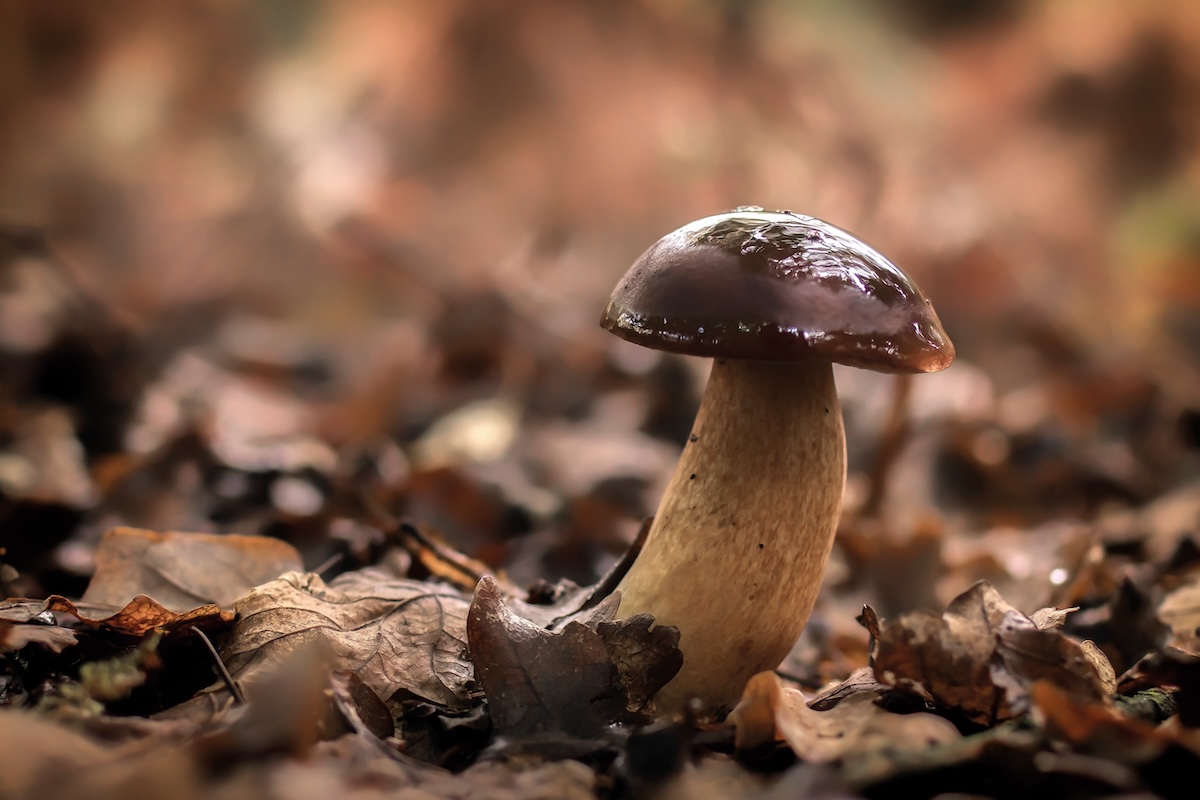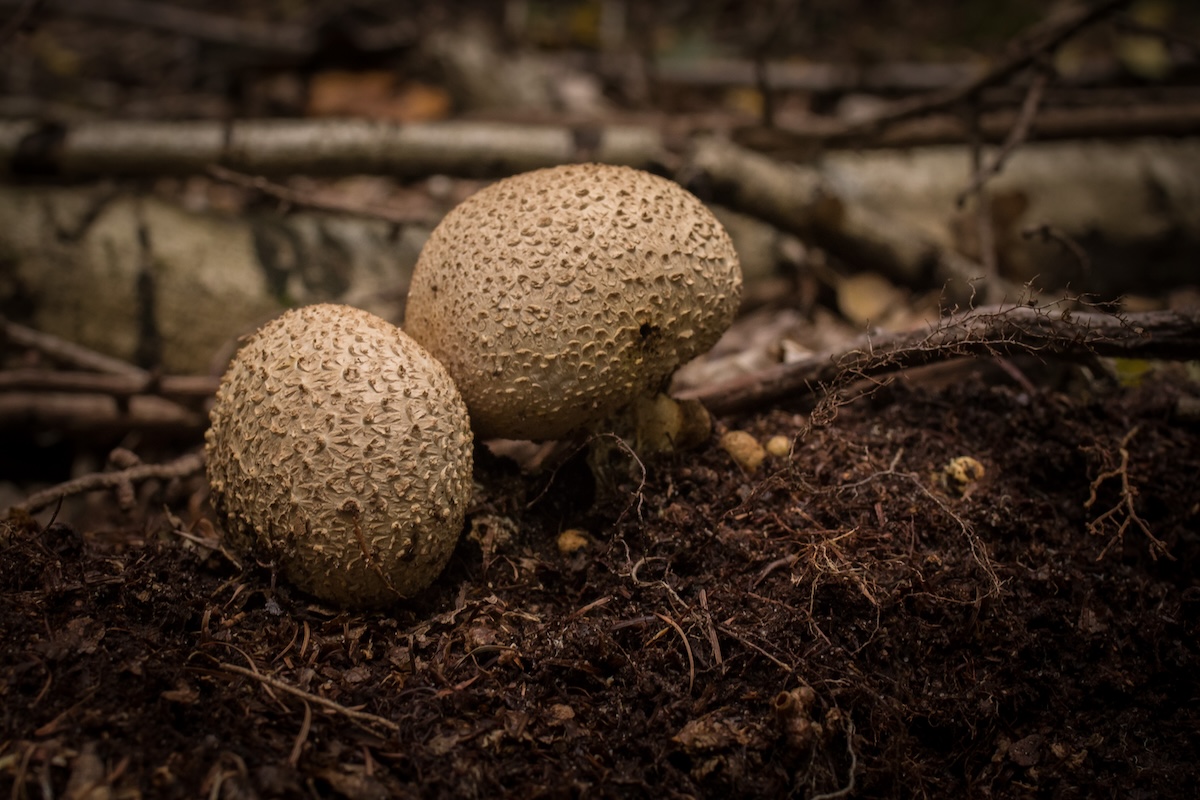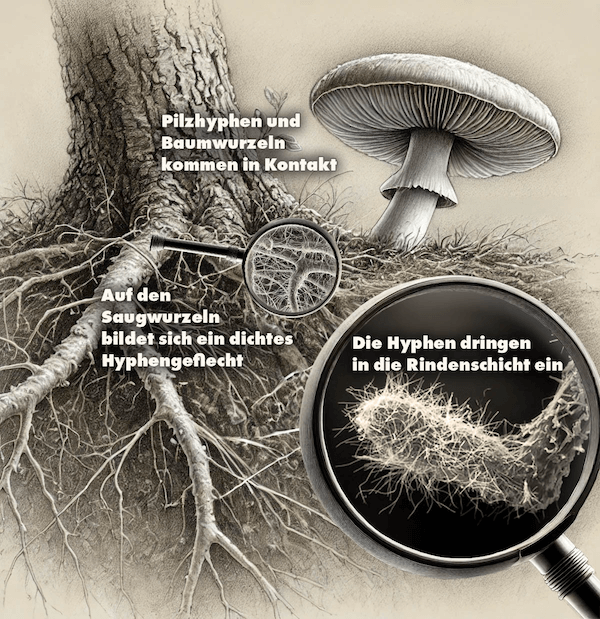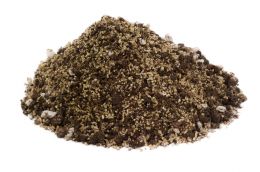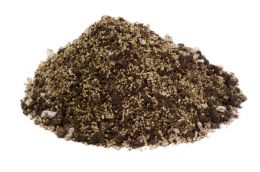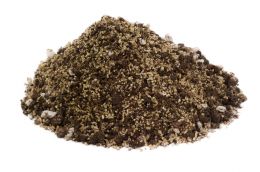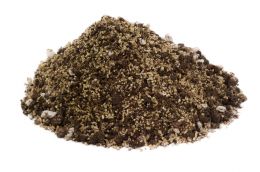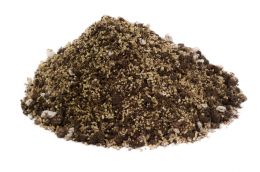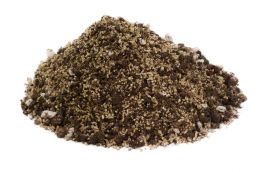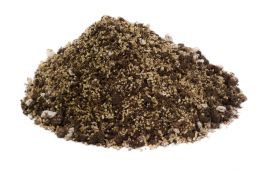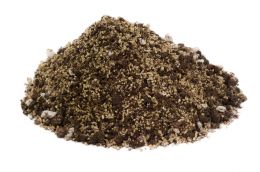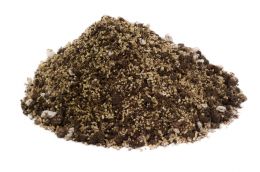Mycorrhiza against drought stress
The fact that plants are only supplied with water via the root hairs and the outer cell layer of the not yet lignified fine roots (rhizodermis cells) is not even true for 10% of land plants. Over 90% live in fungus-root symbioses (mycorrhiza), in which the fungus partners take over this service for the most part. With ectomycorrhizal fungi, the formation of root hairs is even actively prevented by hormonal suppression. B. on beech or oak in forest locations hardly ever find root hairs.
Very fine roots (up to 0.5 mm Ø) can only penetrate into larger soil cavities - if they are present - and absorb water there with root hairs (approx. 0.01 mm) from coarse pores (0.05 - 0.01 mm) . Fungal hyphae, which are the thread-like cells of fungi however, mostly only 0.002 to 0.003 mm thick. Therefore, they can also open up part of the central pores (0.01 - 0.0002). This enables fungi, and thus the tree, to take around 30% more water from the vicinity of the roots - this additional supply alone can decide whether it is damaged or even ultimately wilting.
The positive effect is even greater through the "extra radical mycelium", these are fungal hyphae outside the root that spread from the mycorrhizae into the surrounding soil.
This fungal network considerably enlarges the outer, receptive surface of the roots and multiplies the receptivity for water and nutrients. For endomycorrhizal fungi, this fungal network has been shown to be 12 cm and even up to 25 cm from the root.
For ectomycorrhiza-forming types of fungi, a distinction is made between spreading types that span distances of different distances - up to 10 cm. If the fine, thread-like hyphae bundle to form hyphae associations (rhizomorphs), these can often reach several decimeters or even meters into the ground. In such transport rhizomorphs, the flow rate for water and nutrients is significantly increased. This is achieved by the fact that hyphae from the central area increase their diameter considerably and the transverse walls completely or partially dissolve, so that the form and function of the rhizomorphs resemble plant roots.
The symbiotic fungi also stimulate the root to develop more root tips, which then leads to further colonization by mycorrhizal fungi of other species.
In young plants, under the influence of mycorrhiza, it was also observed that the formation of new roots was increased and the roots penetrated into significantly deeper soil layers.
In the case of forest plantings, which are very often delivered and stored with bare roots, mycorrhization of the fine roots can provide protection against evaporation, so that drying out is effectively reduced and damage caused by drying out does not occur significantly longer.
* Text by: Dr. Jürgen Kutscheidt

